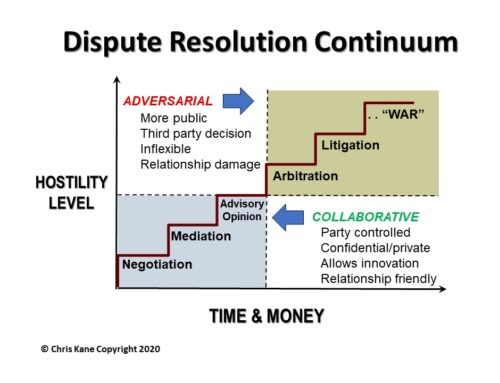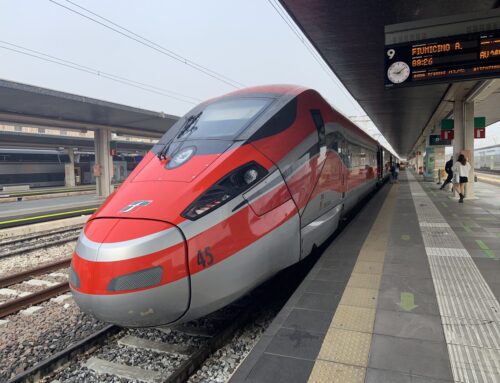 In order to begin in earnest, the much needed renewal of America’s water, transportation and energy infrastructure, the Federal Government needs to double down further on its efforts to streamline its Environmental Permitting Process. Title 41 of the Fixing America’s Surface Transportation Act (Act), 42 U.S.C. § 4370m et seq., now commonly known as the FAST-41 program, initiated a set of tools to facilitate the successful processing and approval of the nation’s most important infrastructure projects (see “Streamlining the Federal Environmental Review Process – The Pros and Cons of FAST-41”, by Nathan Eady, Christopher Kane, Christian Marsh, and Patrick Veasy, NR&E, V035N01, Summer 2020). The framework established is solid for such things as a “Federal Permitting Council”, a “Permitting Dashboard”, an “Accountability Dashboard” and having “One Federal Decision”. However much more work needs to be done to advance these initiatives to the next required level of improvements.
In order to begin in earnest, the much needed renewal of America’s water, transportation and energy infrastructure, the Federal Government needs to double down further on its efforts to streamline its Environmental Permitting Process. Title 41 of the Fixing America’s Surface Transportation Act (Act), 42 U.S.C. § 4370m et seq., now commonly known as the FAST-41 program, initiated a set of tools to facilitate the successful processing and approval of the nation’s most important infrastructure projects (see “Streamlining the Federal Environmental Review Process – The Pros and Cons of FAST-41”, by Nathan Eady, Christopher Kane, Christian Marsh, and Patrick Veasy, NR&E, V035N01, Summer 2020). The framework established is solid for such things as a “Federal Permitting Council”, a “Permitting Dashboard”, an “Accountability Dashboard” and having “One Federal Decision”. However much more work needs to be done to advance these initiatives to the next required level of improvements.
Enacted in 2015 and signed into law by President Obama, FAST-41 created a new set of procedures, governance structure, and funding mechanisms to improve the federal environmental reviews. Among other things it established a much needed Federal Permitting Improvement Steering Council (Permitting Council) with a collection of Federal Agencies tasked with improving federal infrastructure permitting. A Permitting Dashboard was set up that contains a detailed Federal Environmental Review and Authorization Inventory and a Regulatory and Permitting Information Desktop (RAPID) Toolkit. It turns out part of the problem is that there are 61 different permits and review processes implemented by 15 different Federal Agencies. RAPID provides toolkits to address this problem for such infrastructure projects as geothermal energy, hydropower, bulk transmission of electricity, and solar. Regulatory and permitting information are made rapidly accessible in one location. These toolkits also provide a step-by-step analysis of the approval process, contact information for federal and state regulators, best practice information, reference material, and links to other permitting information.
They say you can’t improve something that you don’t measure. An Accountability Scorecard evaluates agency performance and overall progress in processing environmental reviews and authorization decisions for major infrastructure projects. The system requires agencies to report data on different performance indicators. Among the indicators are whether the agencies are jointly and cooperatively processing environmental reviews. Also included in the Scoreboard is whether the Federal Government is making authorization decisions using the “One Federal Decision” framework. The Scorecard also shows whether complete permitting timetables have been created and whether they are meeting major milestone target dates. If there are schedule delays issues, the agencies need to have established and use a process to elevate to senior agency officials these schedule delay issues. The Scorecard also tracks the time and cost to complete reviews and make decisions. The agencies’ performance are reviewed by the Office of Management and Budget at least once each quarter which publishes a quarterly scorecard of agency performance on meeting these indicators on the Permitting Dashboard.
In summary, through FAST-41 and the efforts of the last two Administration, we have in place a vital set of tools to help coordinate the environmental processing and approval of most major infrastructure projects. The program is certainly not perfect, and coverage of a project under FAST-41 can have certain disadvantages covered in the article referenced above. However, these initiatives have already demonstrated a variety of benefits, including increased accountability and coordination among Federal Agencies, a more predictable permitting path and the addition of certain legal protections. The Biden Administration hopefully will take what has been accomplished and build on it to further improve getting a jump start on renewing our Nation’s infrastructure.






Leave A Comment